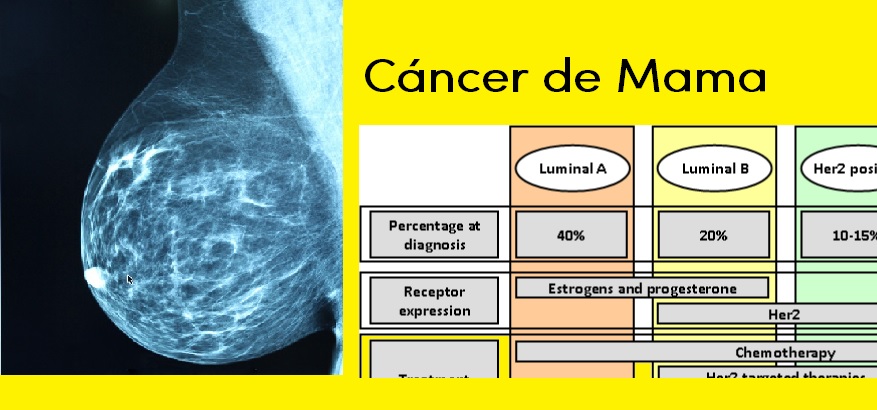Prevalence of Molecular Types of Breast Cancer and Clinical-Pathological Characteristics
Cross-sectional analytical study

Additional Files
Published
How to Cite
Issue
Section
License
Copyright (c) 2020 Juan Diego Jaigua Rodríguez, Juan Diego Romo Urgilés; Editora: Katherine Garcia Matamoros

This work is licensed under a Creative Commons Attribution-NonCommercial-ShareAlike 4.0 International License.
DOI:
https://doi.org/10.33821/483Keywords:
Breast Neoplasms, Immunohistochemestry, Prevalence, Pathology, Triple negative breast cancerAbstract
Introduction: The molecular classification of breast cancer is used in the diagnosis of challenging lesions and to have a prognosis. The objective of this study was to determine the prevalence of molecular types of breast cancer and their clinicopathological characteristics in patients who attended a cancer center.
Methods: This cross-sectional analytical study was carried out at the SOLCA-Cuenca Cancer Institute, between August 2010-July 2017. Registries of women with breast cancer were compiled with molecular immunohistochemistry. Demographic and clinical data, Histological type, Nottingham Combined Histological grade, NCCN-2017 clinical stage were measured. The sample was non-probabilistic, census type. Descriptive statistics and analysis of association between molecular types of breast cancer and clinicopathological characteristics are used.
Results: 582 cases entered the study. Luminal A 205/582 (35.22%), Luminal B 204/582 (35.02%), Her2 80/582 (13.75%), Triple negative 93/582 (15.98), its predominant histological type was Ductal (92.96%). The most prevalent clinical stage is IIA (29.21%) and with respect to the Nottingham grade, 76.80% was grade III. Statistical association were reported between age> 40 years and Luminal Type A, Age> 40 years and Triple Negative; Ductal and Luminal A type, Nottingham Grade II and luminal A and triple negative, Late clinical stage and luminal A and HER 2 P <0.05.
Conclusion: The most frequent molecular type of breast cancer was Luminal A and this molecular type is statistically associated with age> 40 years old, Nottingham Grade II and Late clinical stage





